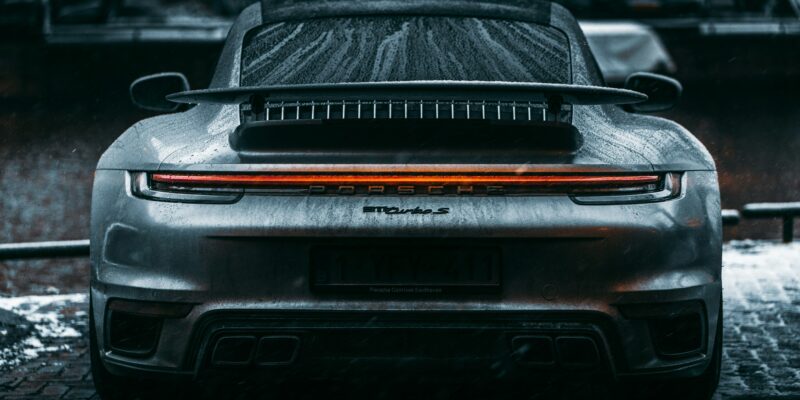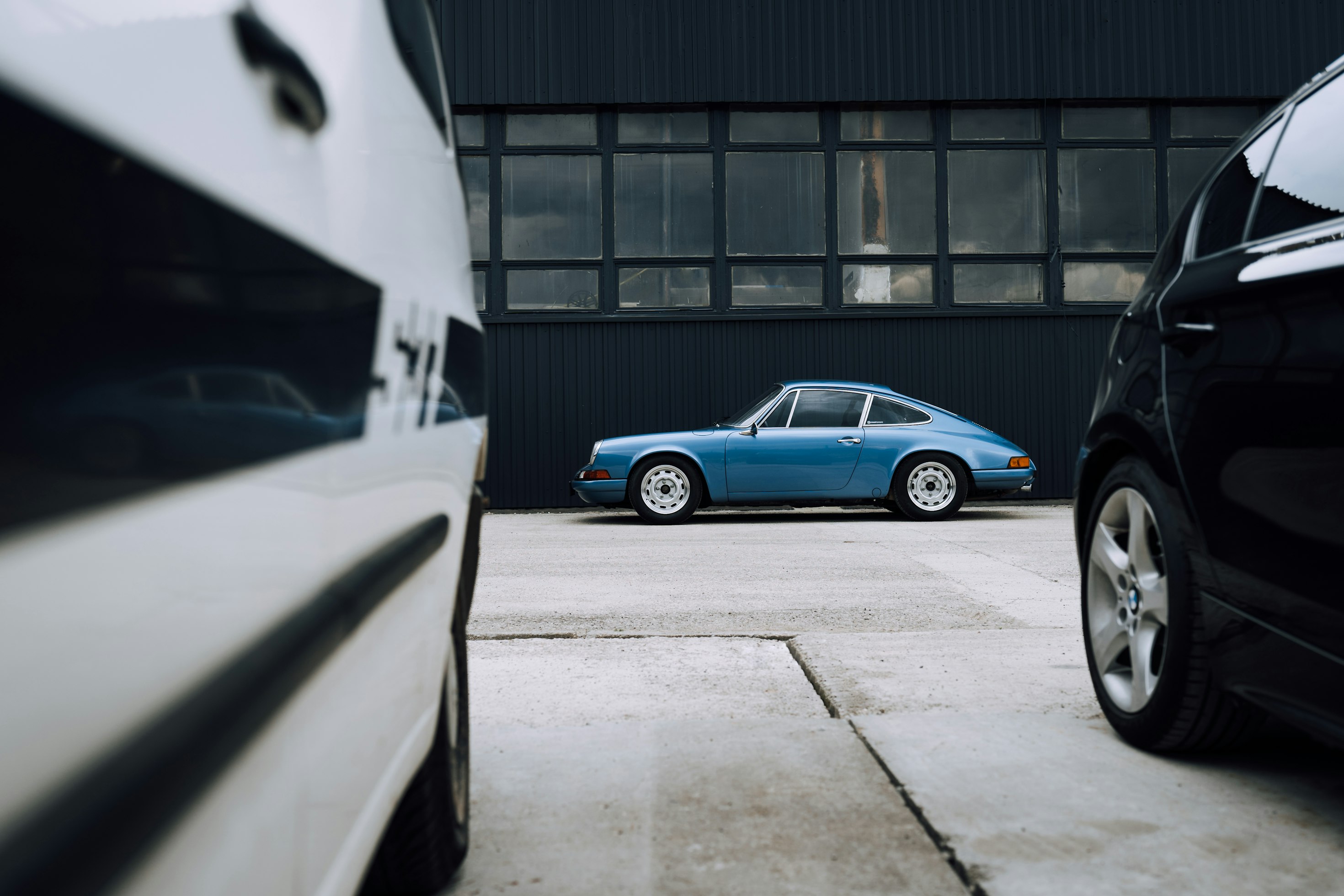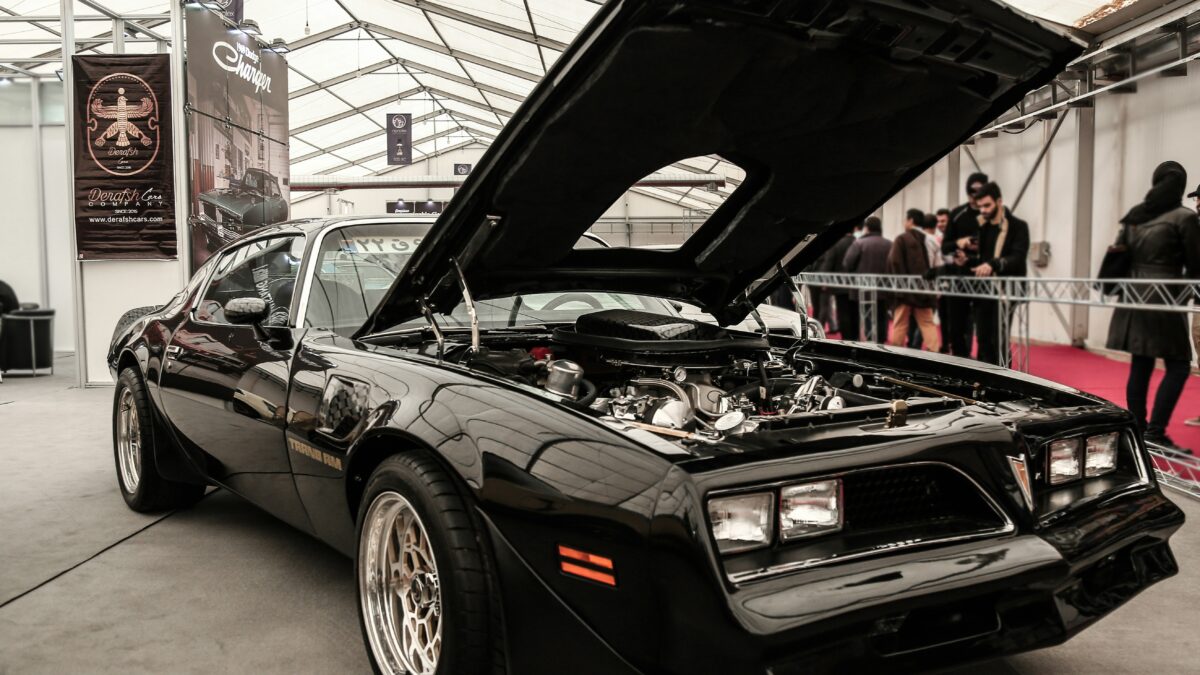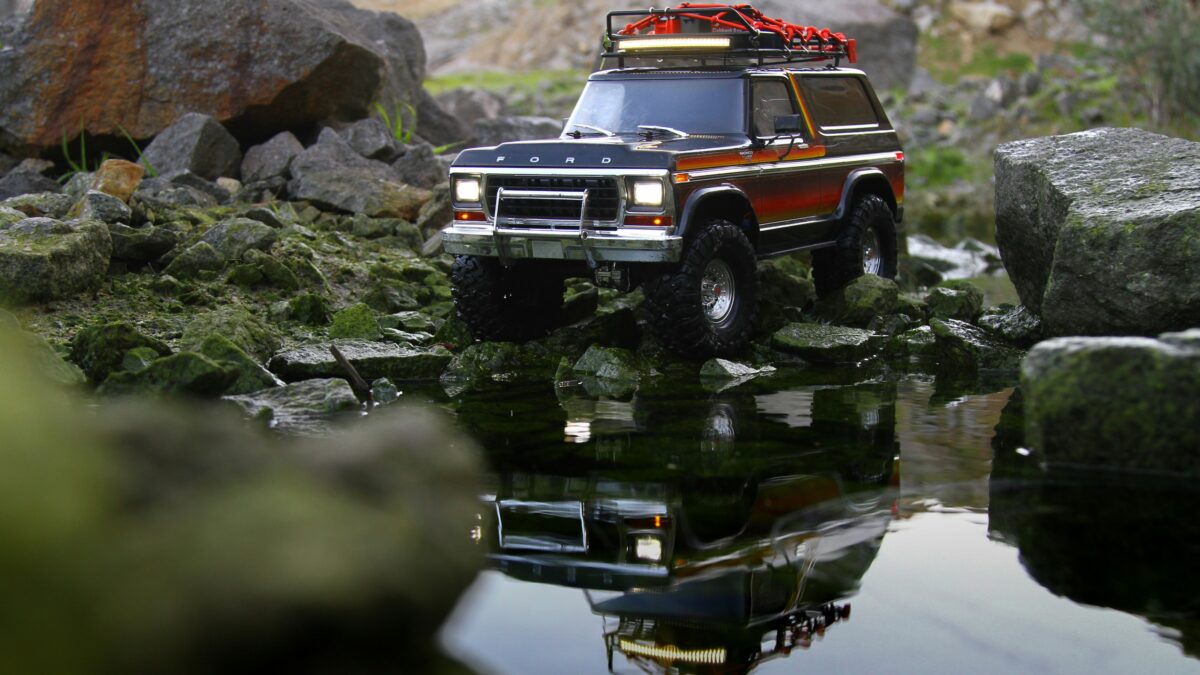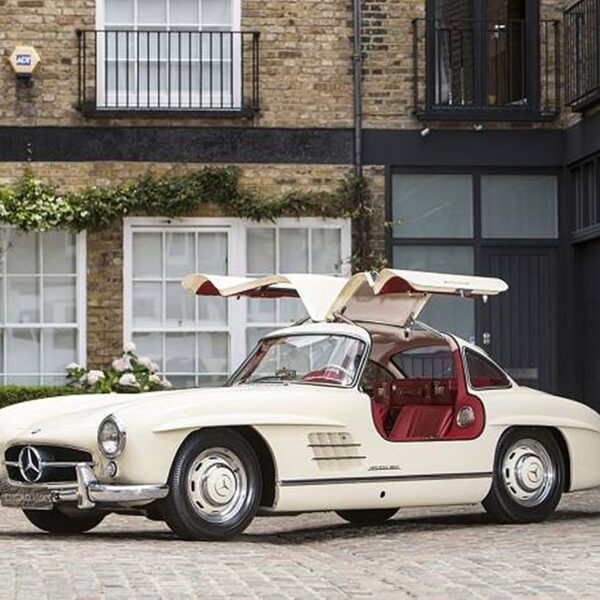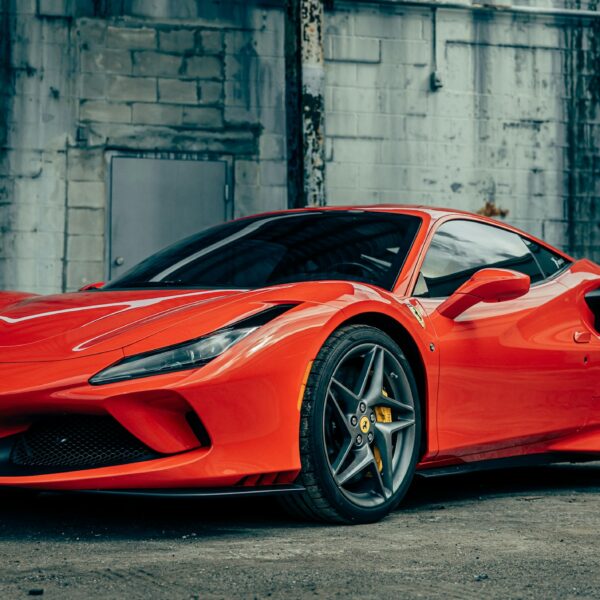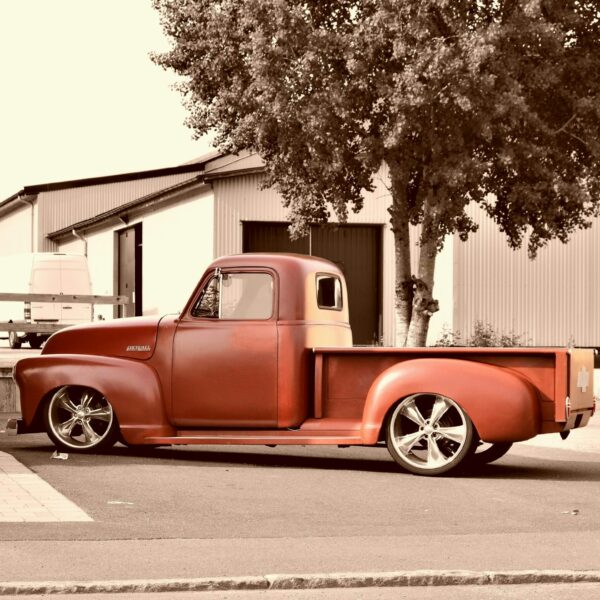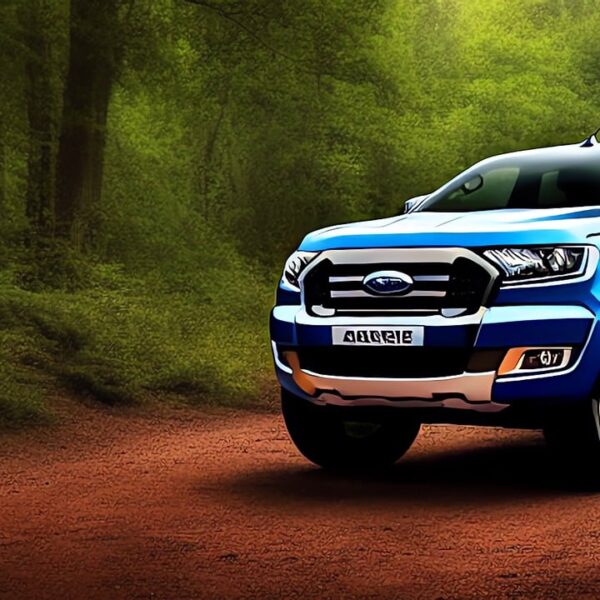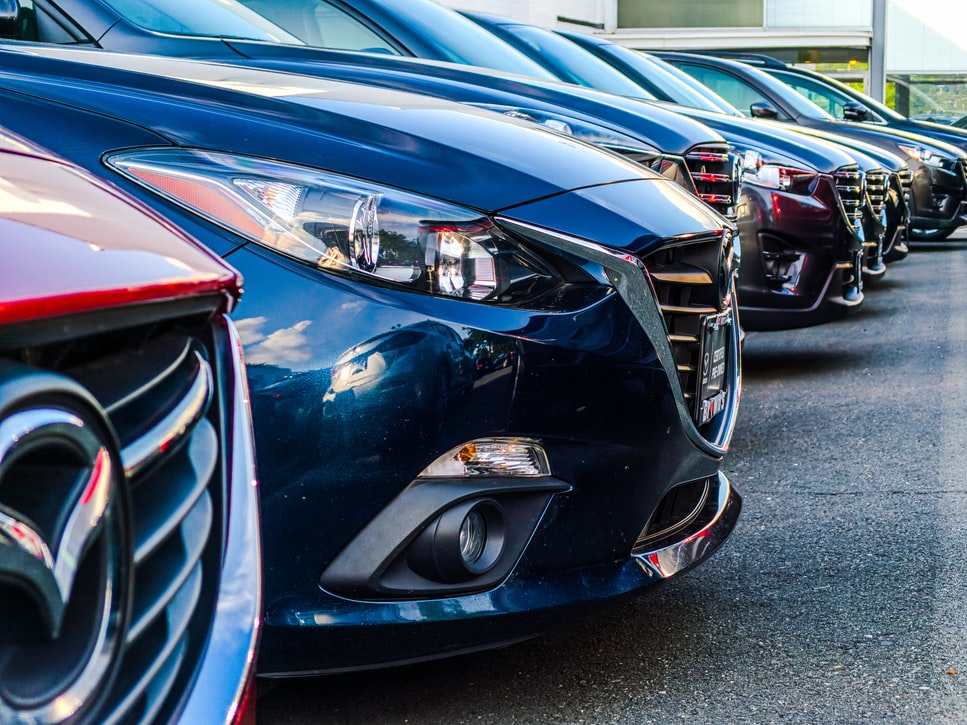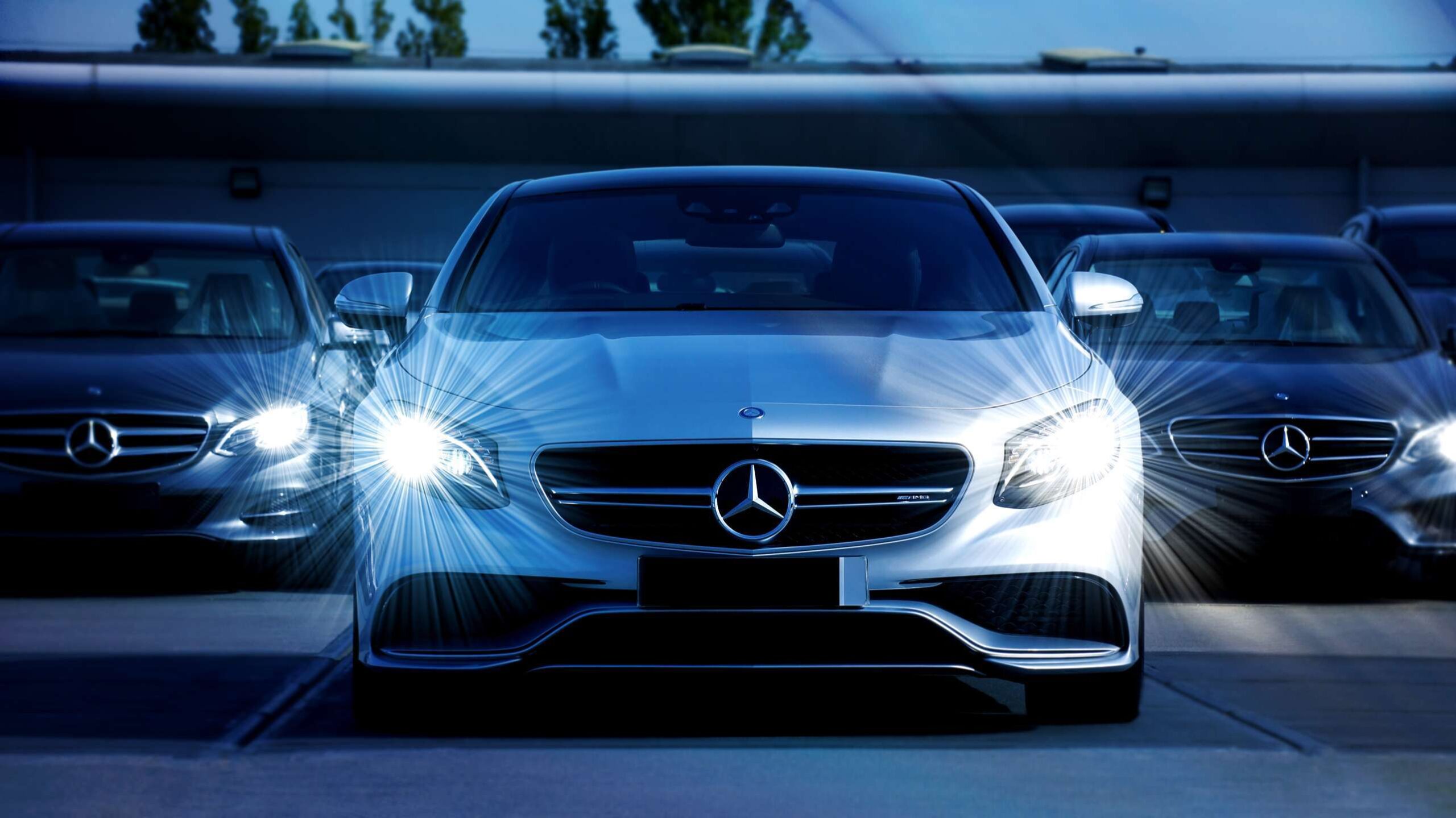Porsche is Developing a Synthetic Fuel
Porsche is a powerhouse name within automotive circles. Several models have become some of the most revered pieces of engineering ever, such as the 911. The Porsche name is so solid that even during the COVID-19 pandemic and worldwide supply chain crisis that followed, its sales never dropped. In 2022, particularly, Porsche sales increased. The automaker hit nearly 310,000 sales that year.
With the new global vehicle emission legislation stating a ban on new combustion engine vehicles by 2035 in America and other countries worldwide, Porsche has already made subsequent moves to position itself well in the EV market. They have released the Taycan EV, which has been very successful. And now they have pledged to electrify 80 percent of their catalog by 2030.
Every other automotive company is also focusing its business model on developing a line of electric vehicles to satisfy the upcoming legislation. So, while these companies focus on electric cars, it leaves a gap in the market. The question arises: What will consumers run their combustion engine vehicles on so that they are compliant with the new global guidelines?
Although the vehicle emission legislation only applies to newly produced cars, it will affect the supply and demand within the overall industry. Porsche has already considered this scenario, as 70 percent of Porsches ever built are still on the road. To no surprise, the automakers is one step ahead.
Synthetic Emission Neutral Fuel
As electric vehicles will change the supply and demand for combustion engine vehicles, Porsche has created an additional supply by investing in synthetic, emission-neutral fuel. They have already invested over $100 million to develop the e-fuel in Chile. Three-quarters of this investment has been used by the research company HIF Global. They have created a prototype factory called Haru Oni near Punta Arenas in Chile.
Porsche picked this area in particular because it is one of the windiest places on earth. And the wind is a main cog in the synthetic fuel machine. This region blows up to 250 days of constant wind in the same direction every year.
The Creation of Synthetic Fuel
Creating a synthetic fuel involves several steps, including hydrogen formed from electrolysis. This pure hydrogen is separated and compressed, and it is the same hydrogen that powers vehicles such as the Toyota Mirai. Then, it is mixed with carbon in a process called synthesis. This result develops a fuel better for the environment than what has been historically used. The carbon is currently sourced from a large tank but will eventually be sourced straight from the atmosphere.
This synthetic or e-fuel has the same chemical identity as the original gasoline. It is also shelf-stable and can be stored easily. Meaning, it can be packaged and placed on shelves, and pumps and older combustion engines will not be affected. Along with these great qualities, it even smells the same. It ought to delight many gearheads who like the strong smell of gasoline.
Why is it Classed as Environmental Friendly Fuel?
Even though there are some commendable features of this e-fuel, it still emits carbon dioxide emissions when it combusts. So how is it classified as e-fuel? As this whole process is completed using renewable energy, it is environmentally neutral, meaning that it affects the environment in no way. The carbon particles that are picked from the air will basically go on an adventure of a lifetime and be released from the exhaust of a Porsche without any chemical change.
Unlike normal oil refineries, only three things are emitted from the Haru Oni prototype plant: synthetic fuel, water, and oxygen. The water is re-routed to water treatment factories, and the oxygen is released to the environment. However, there are plans for it to be repurposed in the future.
The Future of Synthetic Fuel
The Haru Oni plant only has one wind turbine at the moment as it is a prototype, but in the near future, it will expand to include a field of wind turbines that can produce up to 300 MW of power and 66 million liters of fuel. While this may seem like a large amount of fuel, America alone burns over 20 times that in a year. Moreover, HIF is developing additional manufacturing plants in Tasmania and Texas, which will produce a grand total of over 6 million gallons of synthetic fuel daily.
Expert testing of this fuel found no difference in several vehicles’ driving capabilities, so this technology could be the future in keeping combustion engine cars from extinction, and Porsche is at the forefront.
So, do not think about selling your Porsche 911 Carrera just yet. Porsche has devised a brilliant solution to save their historical vehicles from becoming monuments in a museum.






